Our baby girl little Dawnxi's black & white visual training cards
How to give our baby an artistic eye, starting with black and white visual training cards?
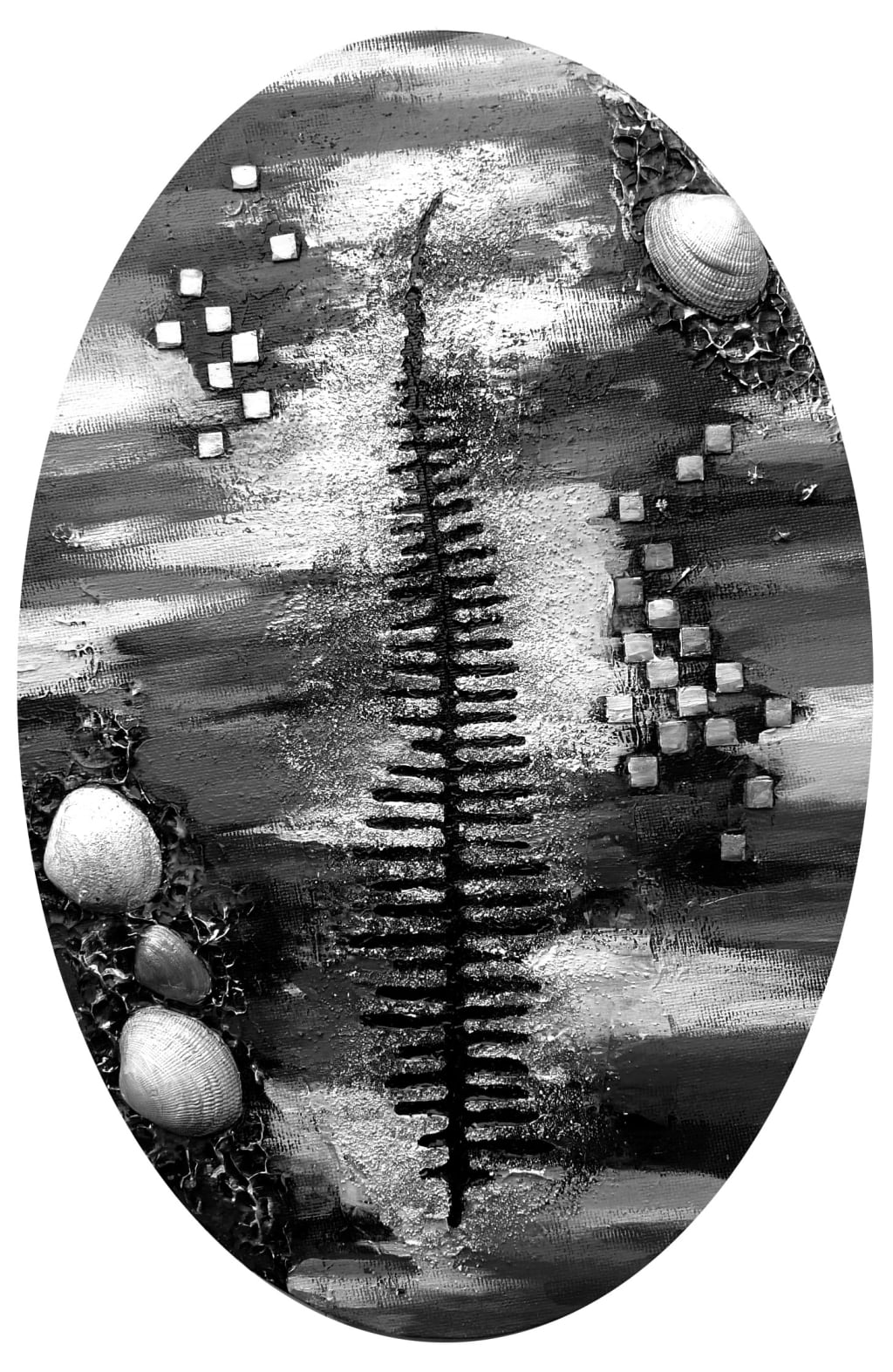
A newborn baby's brain is like a blank sheet of paper, and it is only through sufficient external sensory stimulation that various functions can develop gradually. The eyes are an important channel for your baby to receive information from the outside world, showing the baby some black and white cards can promote the development of the baby's visual nerves and brain. We used non-toxic and eco-friendly paints for these cards, painting as we designed them. At that time, we mainly wanted to prepare some small gifts for our daughter, little Dawnxi, which we made with our own hands. We wanted to be able to establish a way to interact with our baby after our baby was born. Two weeks after our little Dawnxi was born, we took the black and white cards and placed them a little closer to little Dawnxi's eyes and said what was on them.
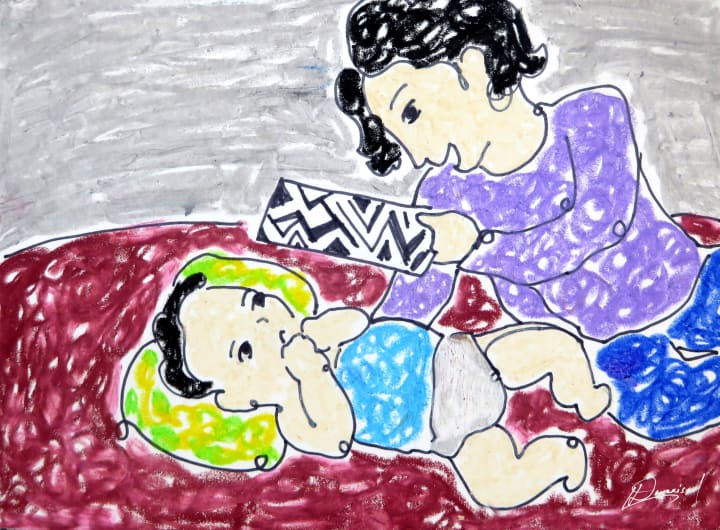
For example, for the card with the white circle pattern, we said to our daughter that it was a white circle and repeated it several times. Two-week-old babies can't see well yet, but every day during little Dawnxi's waking hours, mom and dad use the black and white cards as a visual tracking game to play with her. Little Dawnxi's cards were shown when she was in good physical and mental condition. We ask little Dawnxi to lie down on a flat surface, hold the card about 30 cm above little Dawnxi's eyes, say the name of the card, and hold the card still while explaining the object or scene on the card to little Dawnxi. Sometimes hold little Dawnxi in your arms, hold the black and white card in your hand about 50 cm away from little Dawnxi, and hold it still for 20 to 25 seconds.
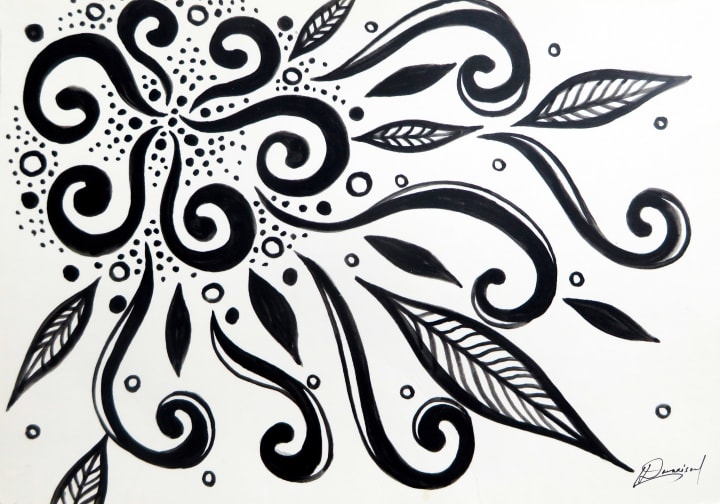
At this point, our daughter's line of sight to make sure little Dawnxi sees the card, and for about 10 to 15 seconds, during which time tell little Dawnxi what is on the card. Look at it about 1 to 3 times a day for no more than 35 seconds at 10 to 15-minute intervals. As little Dawnxi's age increased after birth, we gradually adjusted the distance between the cards to 65 cm and sometimes let her sit in a chair to look at them. In the beginning, little Dawnxi was shown only one black and white card per day, gradually increasing to two black and white cards, three black and white cards, or more per day.
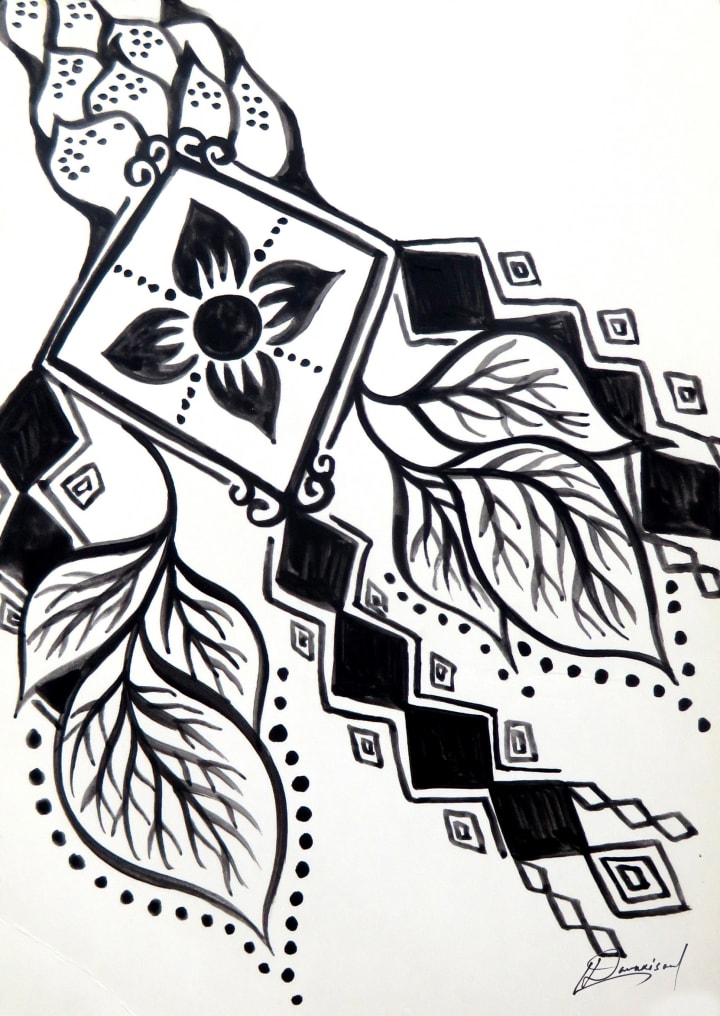
Our daughter first looked at the card for about 10 to 15 seconds, and sometimes little Dawnxi could stare at the card for 25 to 30 seconds, or even longer. Sometimes, when we held a black and white card in front of her eyes and moved it from side to side, we noticed that little Dawnxi's eyes were also moving with it. At this time we judged that little Dawnxi could see more clearly and that she gave a response to external visual and sound stimuli. Little Dawnxi often looked at mommy while mommy was breastfeeding her, and she is interested in mommy's face. Little Dawnxi also followed the direction of mommy's face with her eyes, sometimes even turning her head to follow mommy's face. When little Dawnxi could move her head freely, we would hold cards and play with her back and forth.
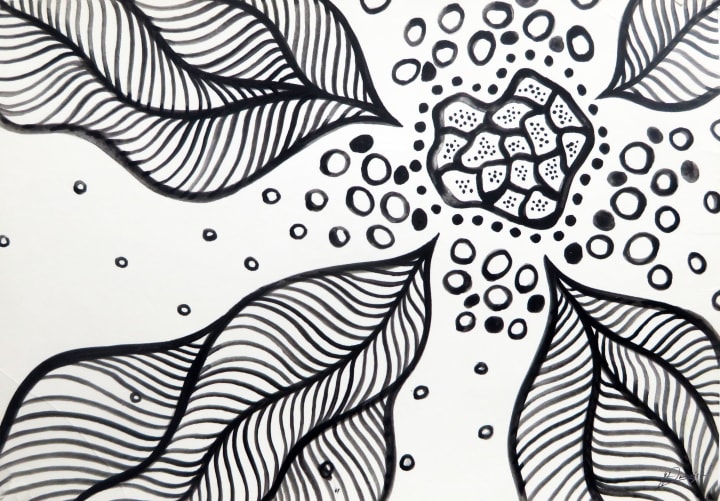
For the first few months of her life, our daughter spent most of her time sleeping, so she didn't have many opportunities to look at the cards. But while little Dawnxi was looking at the cards, mommy and daddy always called little Dawnxi's name next to little Dawnxi's ear in a gentle tone, and then said something lovingly to tell her what mommy and daddy were doing. At the same time, gently told her that these cards were made especially for her by mommy and daddy. It was not easy to look at one or two black and white cards at the beginning, and careful observation of the time little Dawnxi spent looking at new cards showed that little Dawnxi spent more time looking at new cards and less time looking at familiar cards. This also indicated that she had memorised the black and white cards she had seen and was no longer interested in them. Even at only two or three months of age, little Dawnxi was able to look directly at mommy's face and spent more time looking at her face than unfamiliar people's faces.
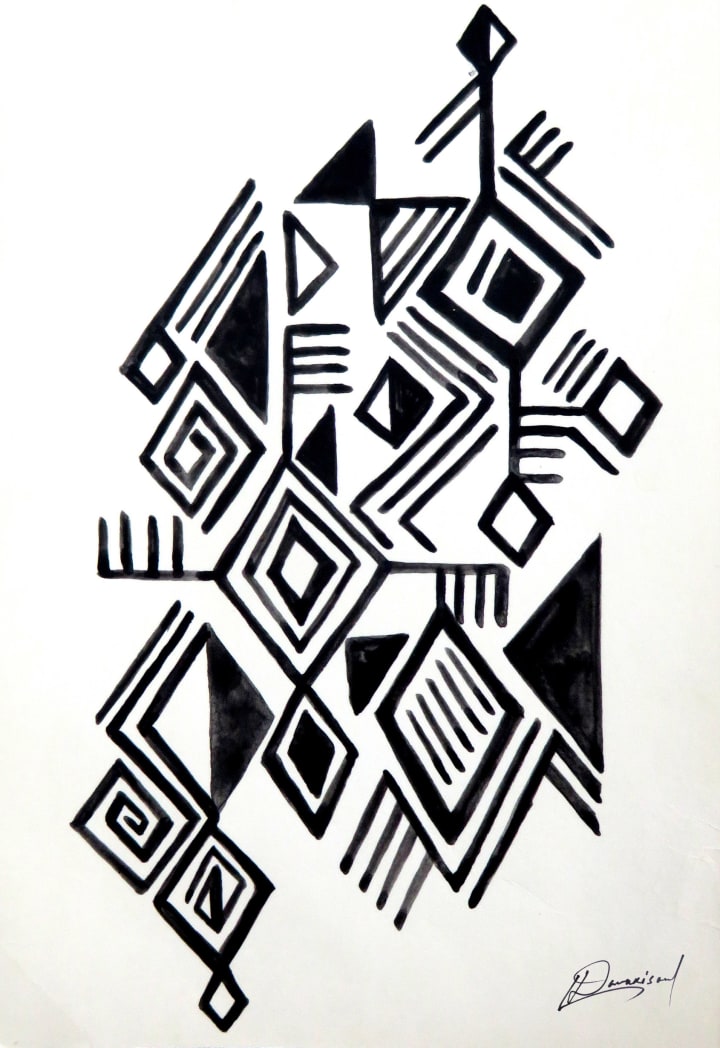
At 4 months old, our daughter spent several days in the hospital with mainly eczema problems. In the hospital, little Dawnxi was able to distinguish well between the characteristics of the doctors' and nurses' faces, and she also differentiated between positive faces of happiness and surprise and negative faces of unhappiness and anger. She could gradually recognise and respond to the meaning of others' behaviour and could greet familiar doctors and nurses. Gaining the affection of doctors, nurses and caregivers, she almost became a superstar in the ward. When it came time to kneel, little Dawnxi loved to kneel and look intently at the black and white cards. Sometimes when we introduced her to a card with too much detailed information, she may feel that she already knew it and was not interested, so she rolled to the side to rest, but when we introduced another new card, she heard it and immediately rolled back.
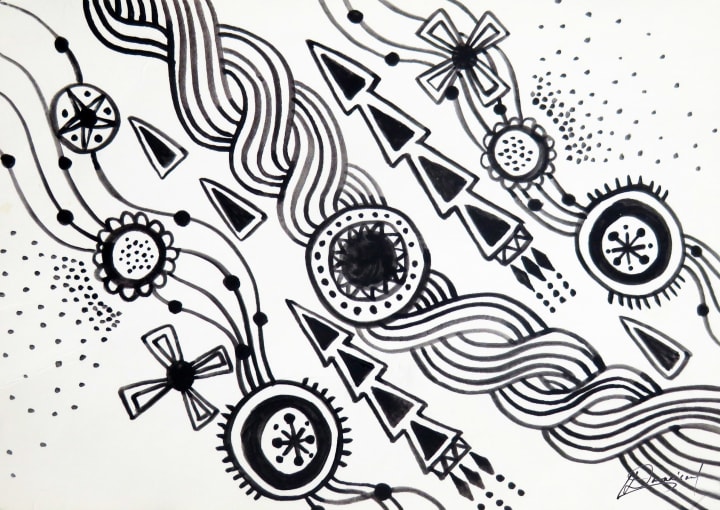
At 3 to 6 months of age, our daughter's retina was well developed and she could see from near to far and then from far to near, and she could see subtle parts of objects clearly. Little Dawnxi could do head-turning and other actions to further expand the range of vision, no longer satisfied with lying in the stroller to see the limited scenery, more enjoy the fun of looking around. So we used a method, we put black and white cards at the head of the bed, and little Dawnxi lying on the bed could see the cards in this way, and it really worked, the time and opportunity for her to read black and white cards have greatly increased.
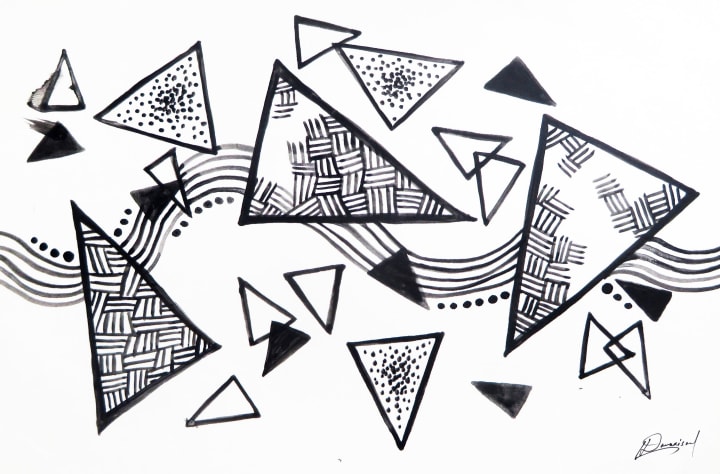
For newborns, this method really works better than holding one by one for the baby to see. We noticed that our daughter was particularly interested in some of the cards, and she would smile every time she saw them. Sometimes, when our daughter is watching TV and hears us say what is on a brand new card, she will suddenly turn around to look at the card and open her mouth wide, showing a very surprised look. In the earliest days, we drew some rather poor black and white cards, and because she was still a "good baby" who could only lie down in place, she got along with these cards in a quiet way. Now that we see these black and white cards again, we understood the difference between a well-drawn card and a poorly drawn card. The poorly drawn cards are not very logical and do not take little Dawnxi's acceptance into account.
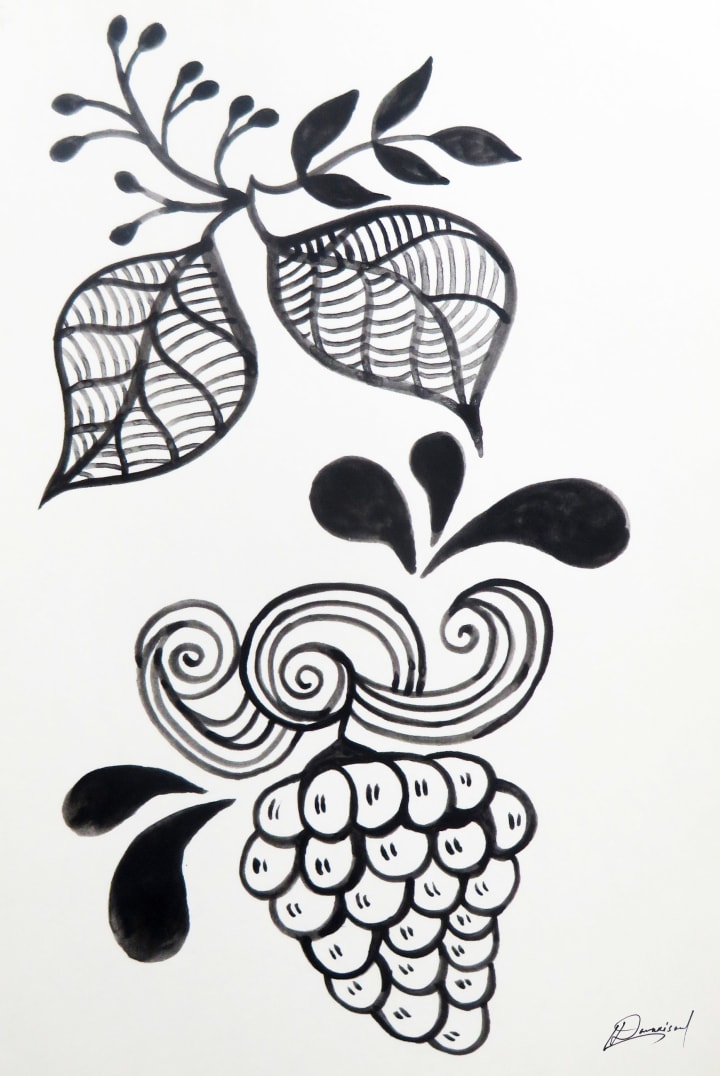
In retrospect, the black and white cards that we drew well at that time were some of the images that my daughter could come across in her daily life, which seemed simple, but the logic behind the early education was rigorous. When little Dawnxi's eyesight developed, she would be attracted to other more colourful illustration books, but there are some of our better-drawn black and white cards, and until now little Dawnxi still can't get enough of them. Little Dawnxi liked to look at cards with black and white squares and cards with black and white stripes such as zebras. At this time, we said, "The black and white checkered card is really nice, has little Dawnxi seen the black and white colour ah? ", "The black and white striped card is really nice, did little Dawnxi see the black and white stripes ah? "
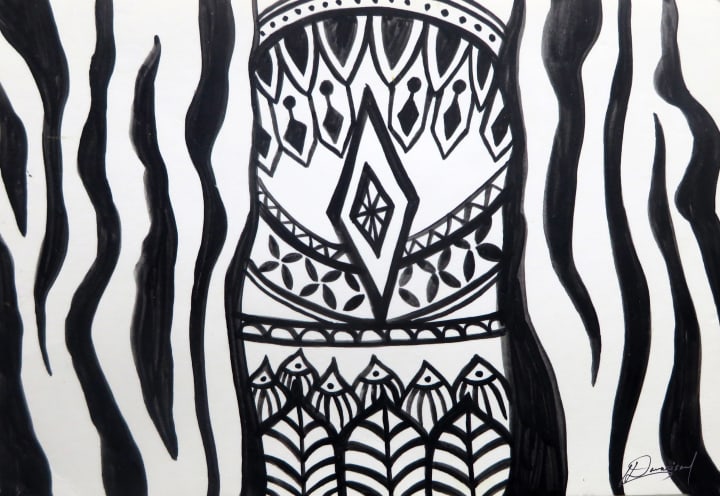
Every time we read the cards to our daughter we remember to praise her, "Little Dawnxi look so serious ah!" "Little Dawnxi is reading the cards so hard today, Little Dawnxi loves to learn". When we praised our daughter, sometimes we found a smug smile on the corner of little Dawnxi's mouth. Sometimes little Dawnxi did not respond when we showed her the black and white cards, we were not in a hurry, even though sometimes little Dawnxi gave us very little feedback, but looking at the cards can build a good parent-child relationship, and listening to mommy and daddy's voice is very good interaction in itself. It is most important to focus on the baby's development, respect the pace of the baby's growth, and catch the sensitive period of the baby's development. We don't have the desire to raise our little Dawnxi to be a genius, we just want to have a little more interaction and communication with our little Dawnxi so that she can feel our care and that she can grow up healthy.
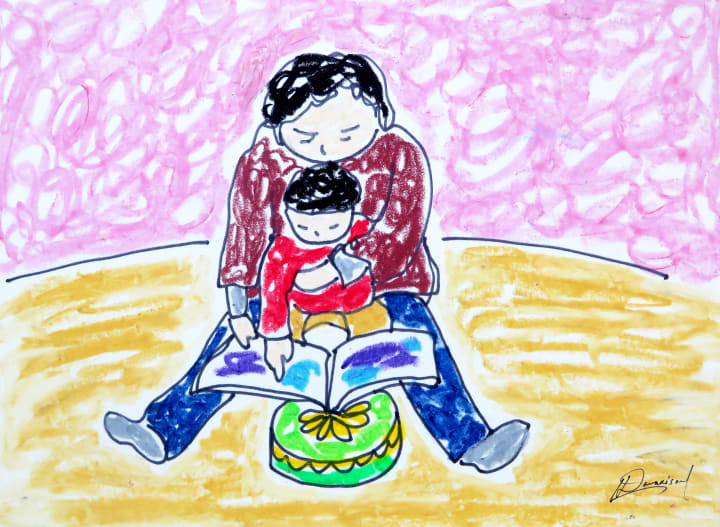
In fact, we can also look at this matter from another perspective, when we were using the black and white cards as toys to play with our daughter. When little Dawnxi was older, we still occasionally showed little Dawnxi black and white cards, but after our daughter turned half a year old, we mainly made some colourful cards for her to see, and began to show little Dawnxi some well-printed, simple but lovely illustration books, including those we made ourselves.
Original by dawnxisoul393
About the Creator
Dawnxisoul393art
Couple from HK. Dr. Daniel Lam has got his degrees in Anglia Ruskin University, Cambridge(ARU has its origins in the Cambridge School of Art, which was opened in 1858 by John Ruskin), Doris Lam has graduated from GFAA with MFA degree.
Enjoyed the story? Support the Creator.
Subscribe for free to receive all their stories in your feed. You could also pledge your support or give them a one-off tip, letting them know you appreciate their work.


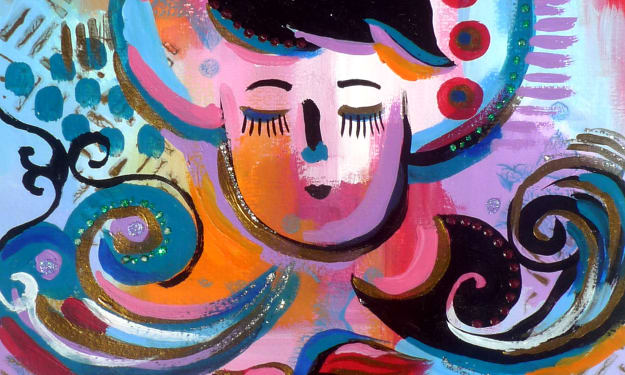
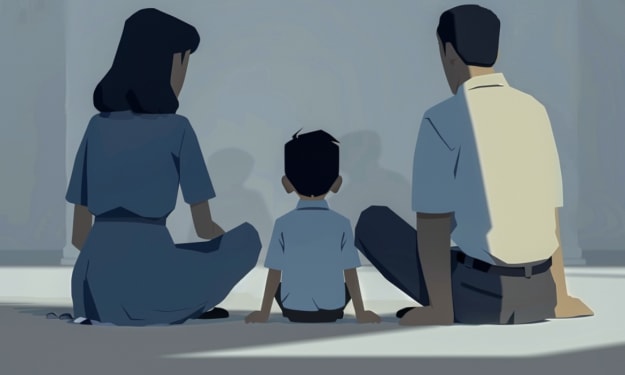


Comments
There are no comments for this story
Be the first to respond and start the conversation.